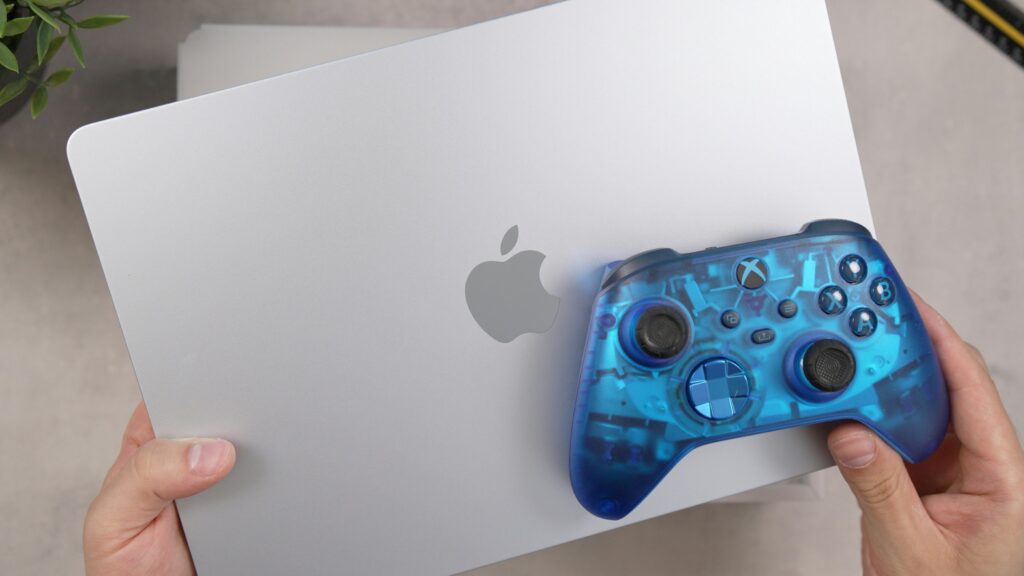Consolidation isn’t slowing down and here’s why
Big players in gaming are still buying, merging, and absorbing at a steady clip. The reason is simple: content is king, and intellectual property drives everything. Owning the rights to popular games, characters, and franchises means long-term leverage across platforms, formats, and emerging tech like AR and cloud gaming. Whether it’s Microsoft picking up studios for first-party muscle or Embracer Group wrapping smaller devs into a giant portfolio, the signal is clear — consolidation breeds control.
For developers, this can cut both ways. On one hand, getting acquired can mean more resources, less financial stress, and bigger distribution. On the other, creative freedom often gets diluted, and indie spirit can get lost in layers of management. Players, meanwhile, are already feeling the effects. Fewer publishers mean fewer choices, subscription bundles are filling up, and once-open ecosystems risk becoming walled gardens.
Strategically, consolidation isn’t just about games. It’s about reach. These companies want loyalty, lock-in, and cultural capital. They’re betting that if they own the stories and characters people love, they’ll be relevant across devices, formats, and whatever the next platform becomes. That’s what makes these acquisitions more than finance plays — they’re shaping the future spine of the industry.
Tech Giants Double Down on Gaming
Big tech isn’t tiptoeing into gaming anymore. They’re diving in, wallets wide open. Cloud platforms like Amazon, Google, and Microsoft are snapping up game studios and locking down content pipelines. It’s not just about games—it’s about ecosystems. Think cross-platform integration where your save file follows you from console to cloud to phone without blinking. That kind of seamless experience is the new gold standard.
This shift is rewriting the rules. For indie developers, the stakes are higher. Competing with trillion-dollar companies means fewer chances to break out unless you land inside a platform’s ecosystem. On the flip side, it opens doors—tech giants need fresh titles to fill their libraries, and small studios might get funding if the pitch aligns.
Traditional console makers now face an identity crisis. Do they keep leaning into hardware, or pivot to services? Either way, the line between platforms is blurring fast. And the companies that control the cloud might soon control the future of play itself.
The stakes are higher than ever in the vlogging game, and much of it comes down to economics. Rising development costs—not just production gear, but editing tools, software licenses, marketing, and time—are putting pressure on creators to deliver high-quality content consistently. In this environment, owning a distinctive IP can be the difference between thriving and barely surviving. The battle for original ideas is heating up, with creators racing to establish recognizable formats, characters, or personal brands that can stretch across platforms.
Global reach is another pivot point. Platforms are pouring money into localized content—think creators dubbing videos, subtitling in multiple languages, or partnering with regional influencers to tap new markets. It’s no longer about going viral in one language. It’s about building relevance across borders while maintaining local flavor.
At the same time, the subscription model is reshaping how vlogging intersects with business strategy. Services like Game Pass and PS Plus in the gaming world are setting expectations for bundled, all-you-can-watch or play content. Creators now need to think like media brands: package deals, exclusive drops, and community perks that go beyond ad revenue. It’s also fueling mergers and acquisitions, as platforms and creators align into ecosystems that offer more value—faster.
In short, it’s not just about making videos anymore. It’s about creating value that scales—across time zones, languages, and business models.
More content is flooding the vlogging space, but that doesn’t mean it’s getting better. Platforms and brands are leaning into volume—more uploads, more spin-offs, more channels. The push is clear: feed the algorithm and stay top-of-mind. But with that comes real risk. When everyone chases the same trends, storytelling starts to blur. Originality gives way to templates. You see the same hooks, the same edits, the same recycled soundtracks.
This shift is especially tricky for independent creators. Faster production cycles can squeeze out creative depth. The pressure to publish may lead to safer, flatter content. Budgets get funneled into what’s already working instead of what’s new.
That said, not all is lost. The upside? Stronger franchises with real backing. Vloggers who’ve built audience trust can scale. They can launch podcasts, merch lines, even studio-backed series. If the content hits, the support is there to expand. But in this climate, you need more than hustle. You need a voice worth investing in.
Antitrust Pressures Are Reshaping the Industry
Regulators in the U.S. and EU are no longer shy about showing their cards. Big tech and entertainment companies hoping to expand through mergers and acquisitions are hitting more red lights. Notably, several high-profile deals in 2023 were blocked or delayed, with authorities citing market dominance and reduced competition as key concerns. For vloggers and content creators, the ripple effects are real—especially when those deals would have changed content distribution, creator incentives, or platform funding models.
What’s happening now? Companies are adapting. Instead of sweeping buyouts, many are shifting to smaller, strategic partnerships or minority stakes to avoid triggering regulatory alarms. Legal teams are getting involved earlier, and timelines are stretching as firms pre-negotiate with watchdogs to lower the risk of rejection.
This matters because when major players are restricted from consolidating, the ecosystem stays more diverse—and sometimes, more chaotic. But with more players vying for attention, creators can find better deals and more platforms looking for fresh content.
For deeper context: How Global Events Are Shaping the Gaming Industry in 2024
M&A is reshaping the DNA of the gaming industry
There’s a power shuffle underway. Mergers and acquisitions are no longer just boardroom moves — they’re defining how games get made, who makes them, and where the money goes. Big players are snapping up indie studios, platforms are swallowing publishers, and the lines between media, tech, and gaming keep blurring.
For creators and fans, this cuts both ways. On one side, there’s more capital, better tools, and faster scaling. On the other, there’s the risk of sameness — creative voices getting lost, or entire titles shelved for the sake of synergy. These deals have weight. They shape what kinds of stories get told and which player experiences are prioritized.
Winning in this new phase comes down to more than budgets and headcount. It’s about execution, clarity of vision, and whether studios can still put players first while navigating new ownership structures. Smart M&A isn’t just about growth. It’s about staying true to what makes a game worth playing.





